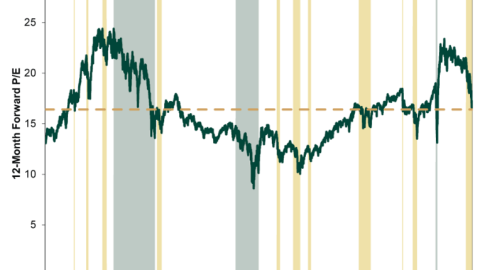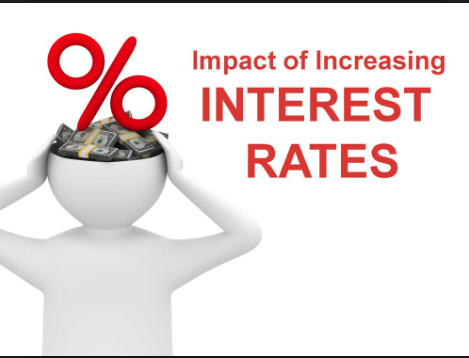If you have less than $25,000 in your trading account, you might feel left out when you see short vol traders aggressively short-selling UVXY/TVIX/VXX or selling UVXY/VXX call options. Indeed, due to the typically high margin requirements, you might not even have permission from your broker to short-sell these ETP’s or to sell calls on them. Take heart, however, because there are solutions for you.
If you have at least, say, $10,000 in your trading account, then buying XIV, an inverse VIX ETP, is one of the safest ways to go. With this strategy, the most you can lose is whatever you paid to buy the shares of XIV (unlike shorting or buying calls, which involves “undefined” or unlimited risk). Besides, there are no margin requirements for this strategy, and you can hold onto your shares indefinitely without paying any margin interest. Alternatively, if you’re into selling covered calls and can afford to buy 100 shares, then you could instead buy 100 shares of SVXY, another inverse VIX ETP, and sell one covered call against those 100 purchased shares. However, be aware that buying shares of SVXY will cause you to receive a K-1 tax form, which can be a bit of a hassle when it’s time to pay your taxes. Whether you choose to buy XIV or SVXY, you’ll probably want to buy at least a few thousand dollars’ worth of it (assuming you can afford to do so); otherwise, your profits will be rather paltry and will be largely offset by the commissions/fees you’ll likely end up paying.
If you have sufficient options trading permission and at least $2,000 in your trading account, then you might consider my personal favorite short vol strategy for small accounts: buying option spreads. This has a big advantage over simply buying options, because with spreads you’re selling options too and thereby reducing your cost basis. So, for example, a trader could buy an in-the-money VXX put and sell an out-of-the-money VXX put with the same expiration date; this is known as a vertical put spread. This can also be done with UVXY, if you don’t mind the roller-coaster ride that a leveraged ETP involves. Another possibility would be to buy an in-the-money SVXY call and sell an out-of-the-money SVXY call with the same expiration date. Once again, be aware that if you end up actually buying shares of SVXY, you will end up receiving a K-1 tax form.
Yet another possibility, if you have sufficient options trading permission and at least $2,000 in your trading account, would be to sell call spreads on UVXY or VXX, or to sell put spreads on SVXY. This has advantages in terms of your probability of success on the trade, but if your account is small, you probably won’t be able to sell many option spreads and your profit on such a trade will be rather small. Furthermore, your maximum loss on the trade, though defined (limited), will likely be substantially bigger than your maximum gain. That’s why, despite its limitations, I recommend buying VXX put spreads for folks with small accounts who wish to engage in the short vol trade. As always, be careful and know the risks before you make any of the types of trades described here.









